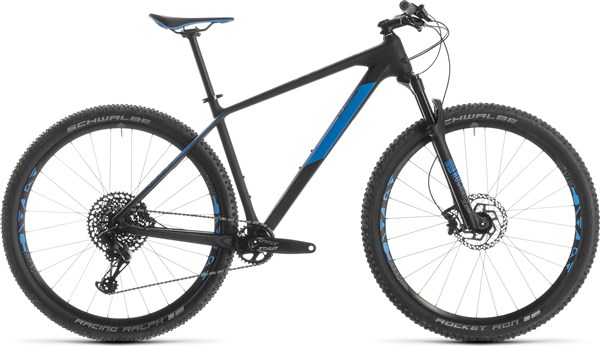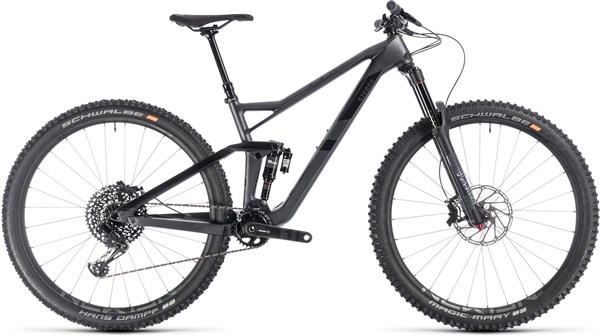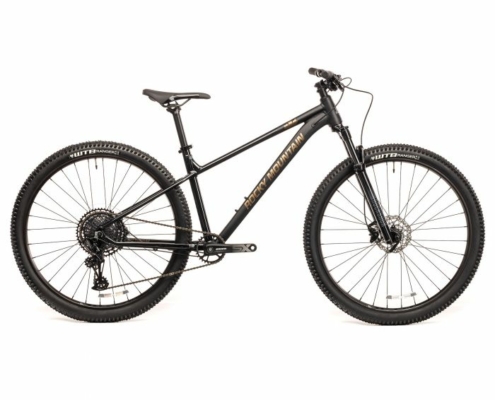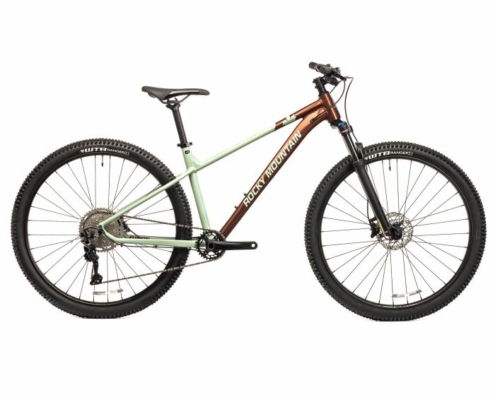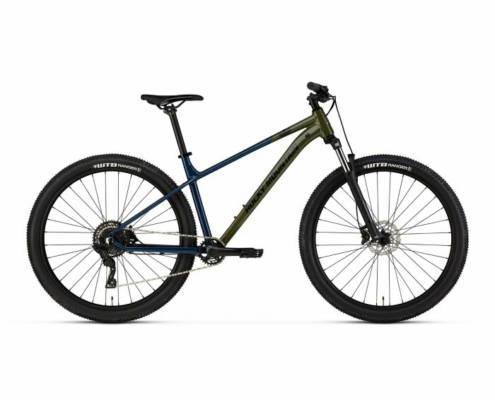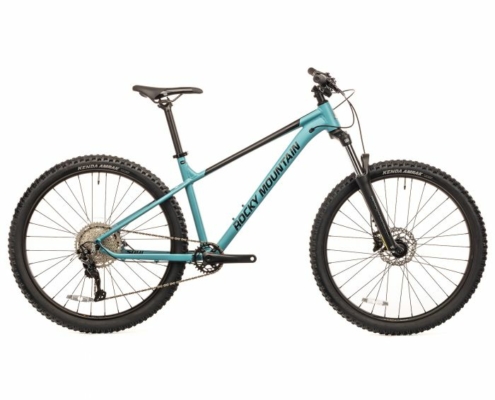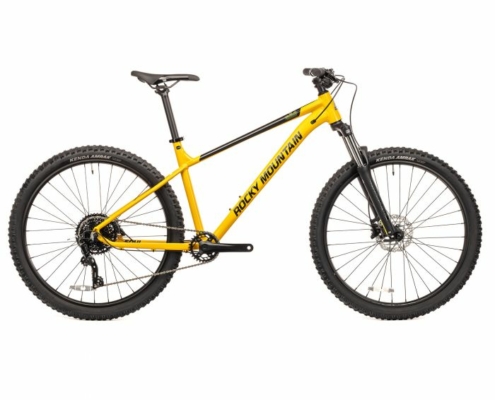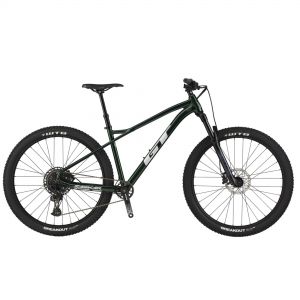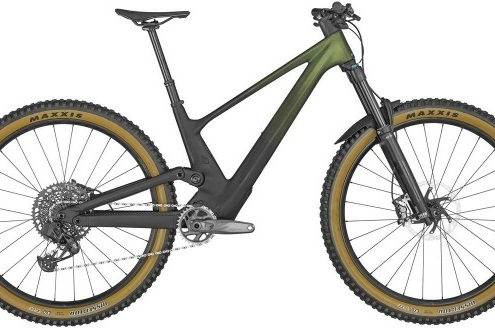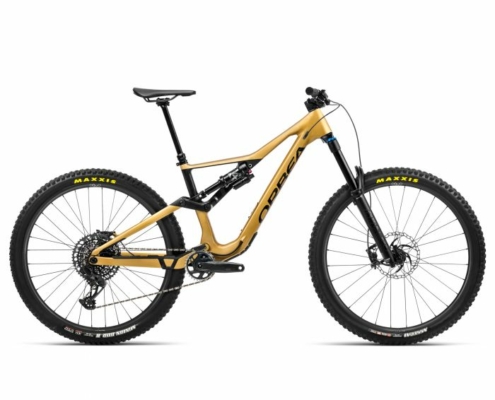Mountain Bike Buying Guide – Part 1
When you are planning to buy your first mountain bike there are couple of things that are good to know before buying. Especially when buying online when you do not have the opportunity for a test ride. This mountain bike buying guide will give you information about the basics that are good to know before buying.
Mountain bike buying guide – The size matters
The most important thing is to get the size right because you cannot fit the bike like you would in the store. That might seem like a big deal but really it is not because there are a lot of different bike size calculators. Also you can always adjust the saddle height to fit your height. We have a directive bike sizing guide chart in our site that will give you some help. There is usually more accurate sizing guide by the manufacturer that will tell you what size fits you best.
Mountain bike frames have lower frame structure than road bikes or city bikes for example: the top tube is closer to down tube so the angle between the tubes is steeper. That gives more room to handle the bike in rough terrain and you don't hit your nuts to the frame so easily.
It is the most important thing to have a correct sized bike. You cannot get a good riding posture if the frame is way too small or big. That will not feel good in the long run. Sure you can manage with a small bike but consider riding a 20 kilometer trip with one.
Suspension – hardtail or full suspension?
Cube Hardtail mountain bike.
Cube full suspension mountain bike.
See all Cube mountain bikes here.
You probably know what kind of suspension you are looking for. So now that you have the size figured out it is time to compare the suspension types. Basically there are two types of suspension to choose from: hardtail or full suspension. Hardtail is the most common one and it usually is enough for most of the riders. Hardtail is a mountain bike with only front suspension unit and it will take most of the hits when riding. Also when riding cross country you usually do not sit on the saddle when the terrain gets rough. That means you do not feel the bumps in your saddle so much.
Full suspension mountain bikes are great for rough terrain too and the riding is smoother with them than with hardtail. So if your main focus on riding is in the bumpy roads and not so much on tarmac it might be a good idea to choose full suspension. On smoother roads the rear suspension is not the best choice because it will bounce while pedaling. Some of the rear suspension units have a locking option so you can lock the rear suspension when riding in smooth terrain. That is a good feature if you ride in wide variety of different type of roads.
One thing to take in consideration is also the maintenance. With only a front suspension there is nothing that can break in the rear suspension if there is not any.
We will get back to the mountain bike buying guide with some knowledge of the parts and materials used in the bike later.

